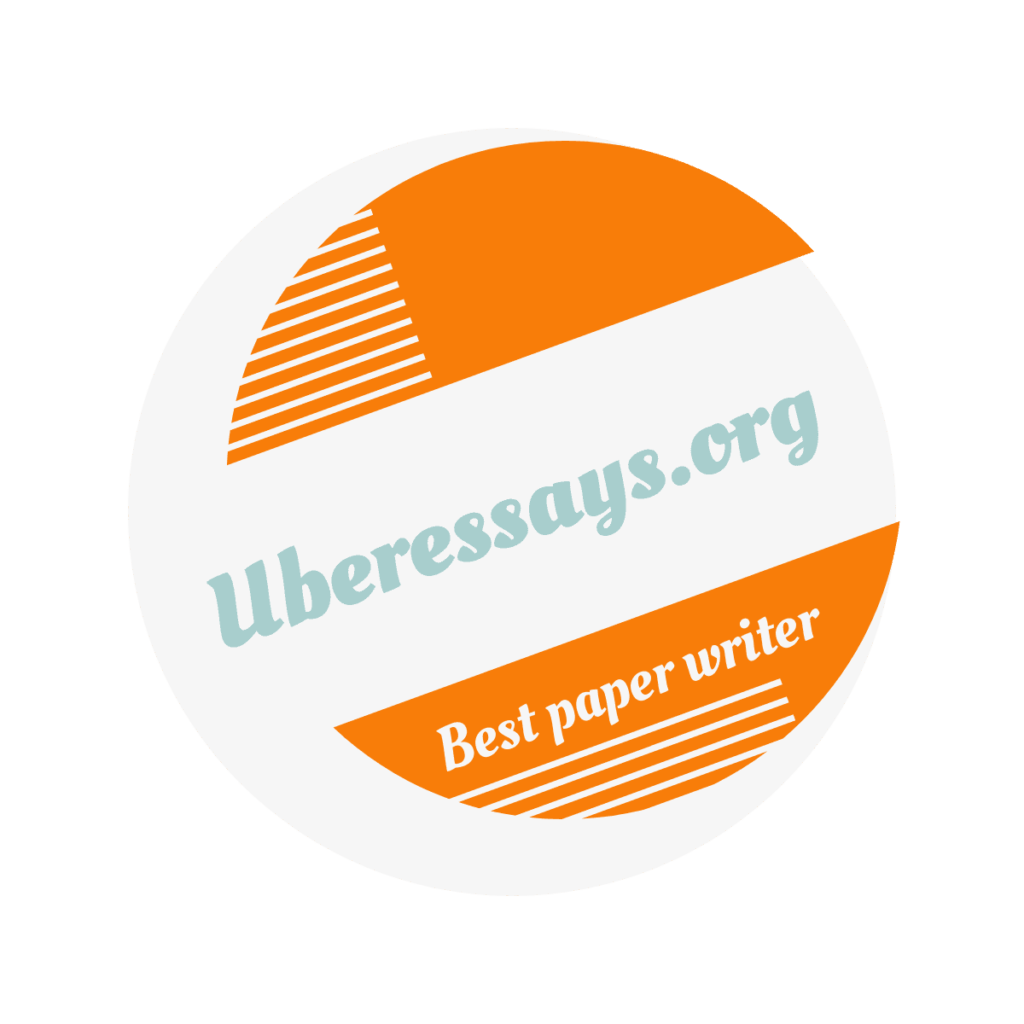

Building Economics
Scenario
A client who is one of the largest real estate developers in your region of the world, has secured a smaller than ideal sized development for a proposed office building in an urban location and has obtained planning permission for the proposed development.
The purchased site is a sloping site and was used by the previous owner for manufacturing car batteries. The client has not been provided with geological survey reports but is concerned about the type of soil and possible contamination of the ground.
The management of the project has been awarded to a firm of consultant quantity surveyors. The project is at concept stage where the project team has produced only sketches suggesting two design options.
Option 1
A two-storey office building to accommodate a reception hall and meeting rooms on the ground floor with a kitchenette, office spaces and toilet facilities on each floor.
In addition to onsite car parking for staff and visitors, the client is considering allocating an additional area on site for a state-of-the-art gym for use by members of the public who will be paying to use the gym as another source of revenue.
Option 2
A three-storey building, with only a reception hall and meeting rooms on the ground floor; a kitchenette, office spaces and toilet facilities over the first floor and with the gym on the second floor. This would result in a smaller footprint for the building and allow an increased area for staff, visitor and customer parking.
You are the Quantity Surveyor assigned to this project and you are scheduled to have a project planning meeting with the client. From the previous meetings, the client does not fully understand why the cost of the two options would be significantly different. The client is keen on option 2 as it offers the best solution to meet all the requirements of a modern office space.
Task
You are required to advise the client by providing a critical analysis that considers the following:
• How the design of option 2 will impact the cost of construction in comparison with option 1.
• The impact of the ground conditions on the site.
HOW TO STRUCTURE YOUR REPORT
Report front cover You are advising a client so a front cover will provide a
professional presentation. The front cover should include:
• a project title
• project location
• your client’s name
• date of report.
Assumptions can be made on location and client’s name.
Executive summary The purpose of the executive summary is to:
• enable the reader to identify if they need to read the full report, i.e. is it interesting and relevant?
This is a brief summary of the essential facts, that is, the most important information. It should include:
• an introduction: what does the report do?
• why are you writing it? (What is your assignment question asking you to do?)
• a main body: what are the key facts/most important pieces of information?
• a conclusion: what are your conclusion(s)?
• your recommendations.
Think about what your reader is looking for and make sure you include it in this section.
Do not include anything in this section that you have not included in your report.
This section is very short (approximately half a page of
A4) and is usually written last.
Table of contents This is a separate page and should be divided into the necessary sections and sub-sections (as determined by your assignment question). For example, sections
could be:
• Section 1 – First part of Task
• Section 2 – Second part of Task etc
• Section 3 – Discussion and critical analysis
• Section 4 – Conclusion and recommendation
• Section 5 – list of references followed by
Appendices.
Each of your sections should include headings and sub- headings with corresponding page numbers. Sections 1 to 3 could be further divided into sub-sections.
Introduction Your introduction should:
• comprise a paragraph which states the purpose of the report, and the context, including background, and any necessary definitions.
• highlight specific issues that you are going to address in your report. This will enable the reader to identify them as they read through your report.
• Be concise. It is sufficient to identify the relevant area(s) of cost advice, procurement and contract administration.
• Avoid going into detail; save explanation and definitions for the Main Body of your answer.
To help with identification of the relevant areas return to your study notes and webinar recordings.
Main Body
Discussion This should be the largest section in your report. Begin by
writing a short paragraph which clearly outlines the purpose of your discussion. Then, divide the discussion into headings and sub-headings in order to address each part of the assignment question.
• Refer to wider reading (other resources). What are other authors saying?
• Consider, critically analyse and evaluate potential solutions to problems. Which solutions are the best and why?
• Remember to provide in-text citations.
• Indicate what the outcome of your discussion means. How and why is it relevant? What are the implications (these should link to your recommendations)?
Conclusion and/or
Recommendation • Restate the purpose of your report.
• Provide a brief statement of the outcome of your discussion. Your Conclusion will be reasonably brief, as your reasoning should be well explained in the Main Body of your essay.
• Do not add any new information.
• Any recommendations are directly linked to your earlier discussion and the conclusion(s) you came to.
• Propose potential changes needed and/or solutions and outline plans for their successful implementation. You could also suggest a timeframe if appropriate.
References • List all the references you have used
• Be sure to write your references correctly, according to the Harvard style
• Remember to list references in alphabetical order.
